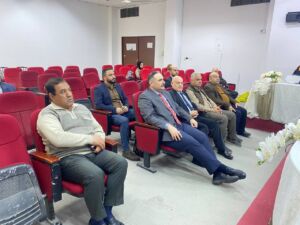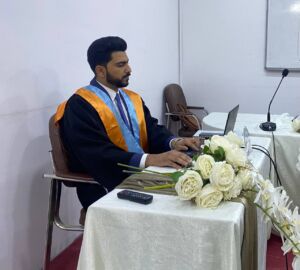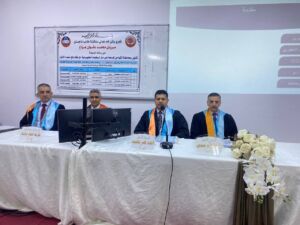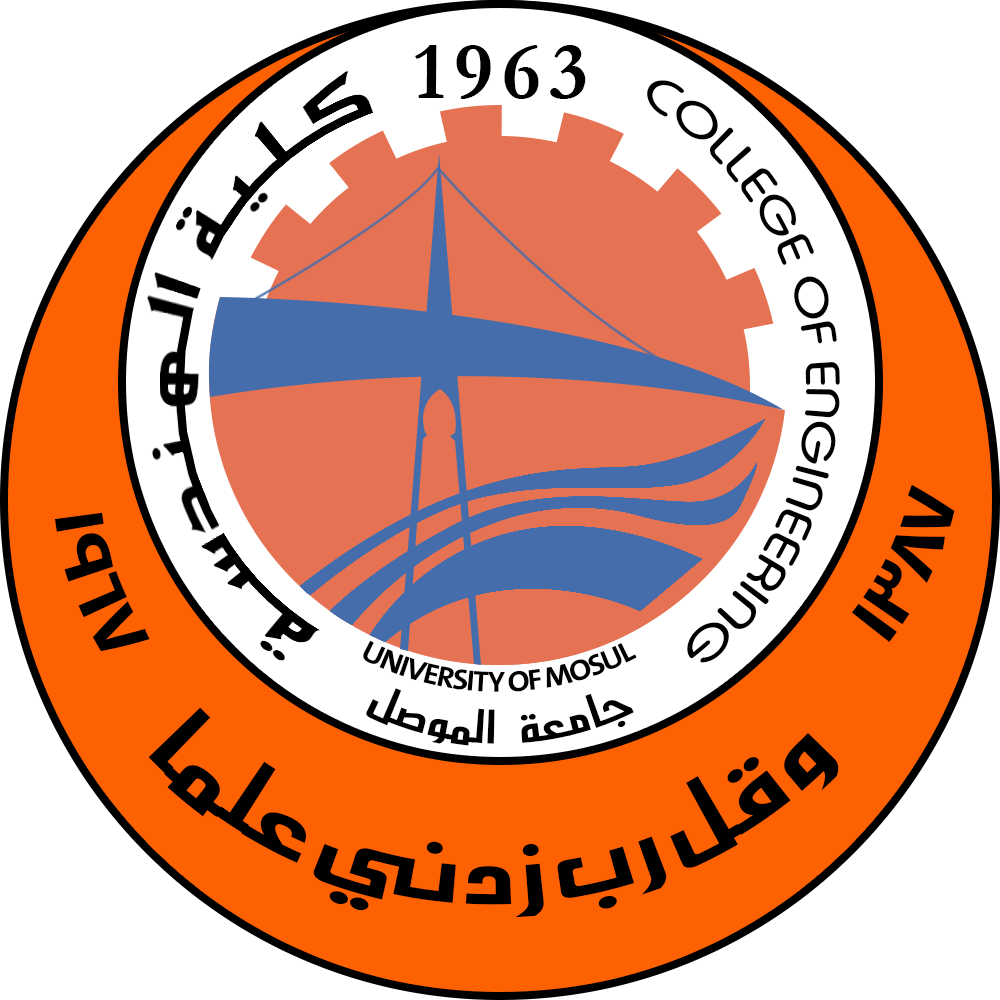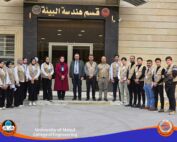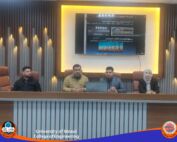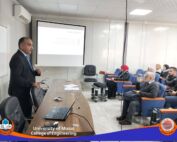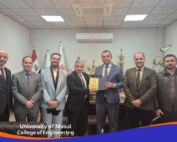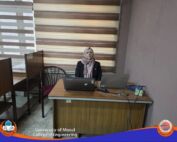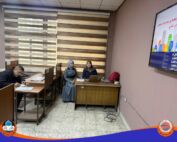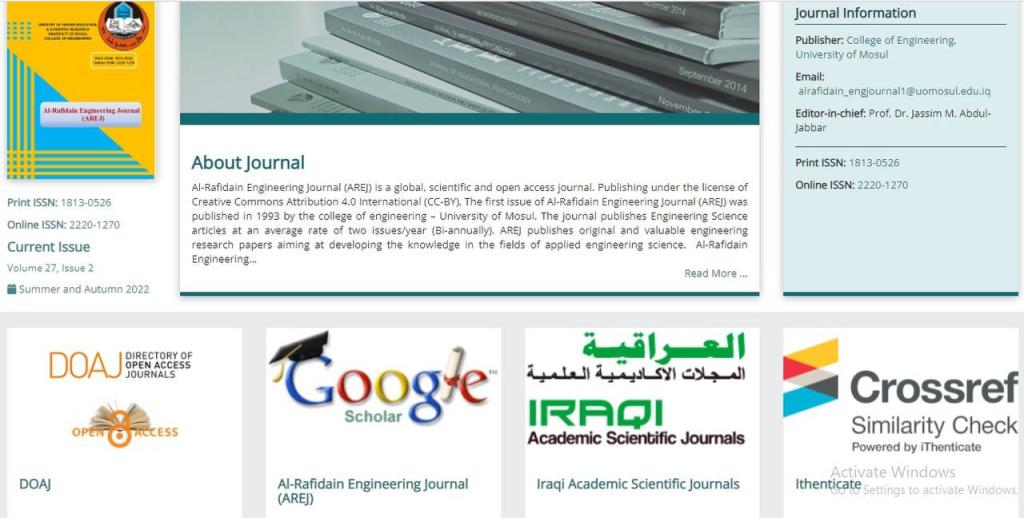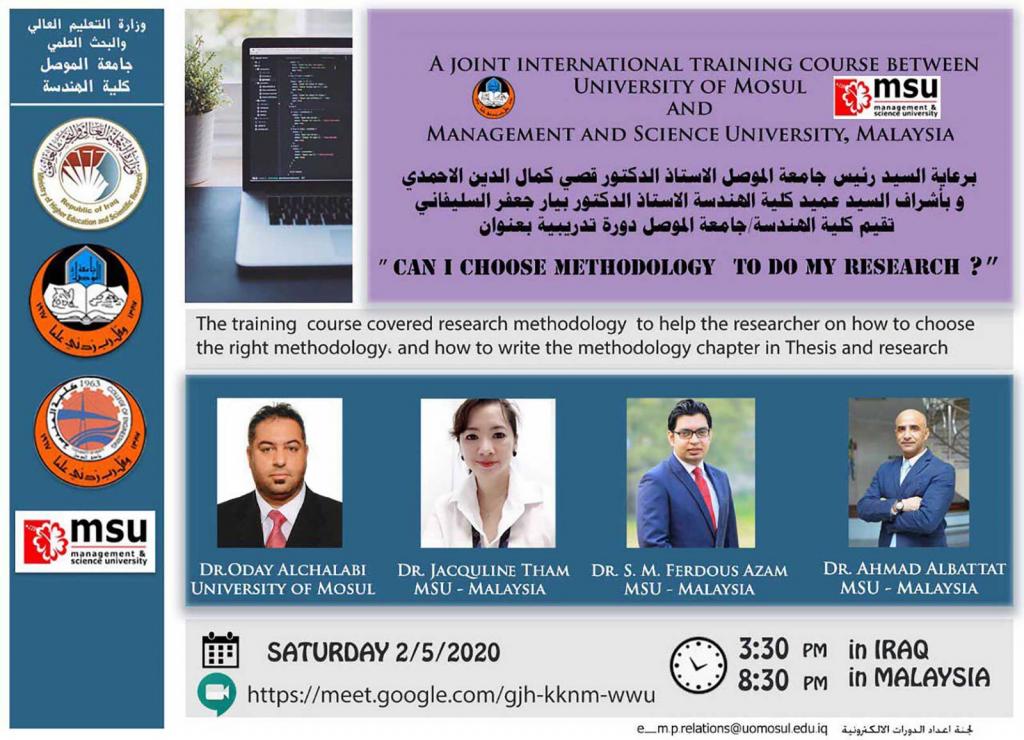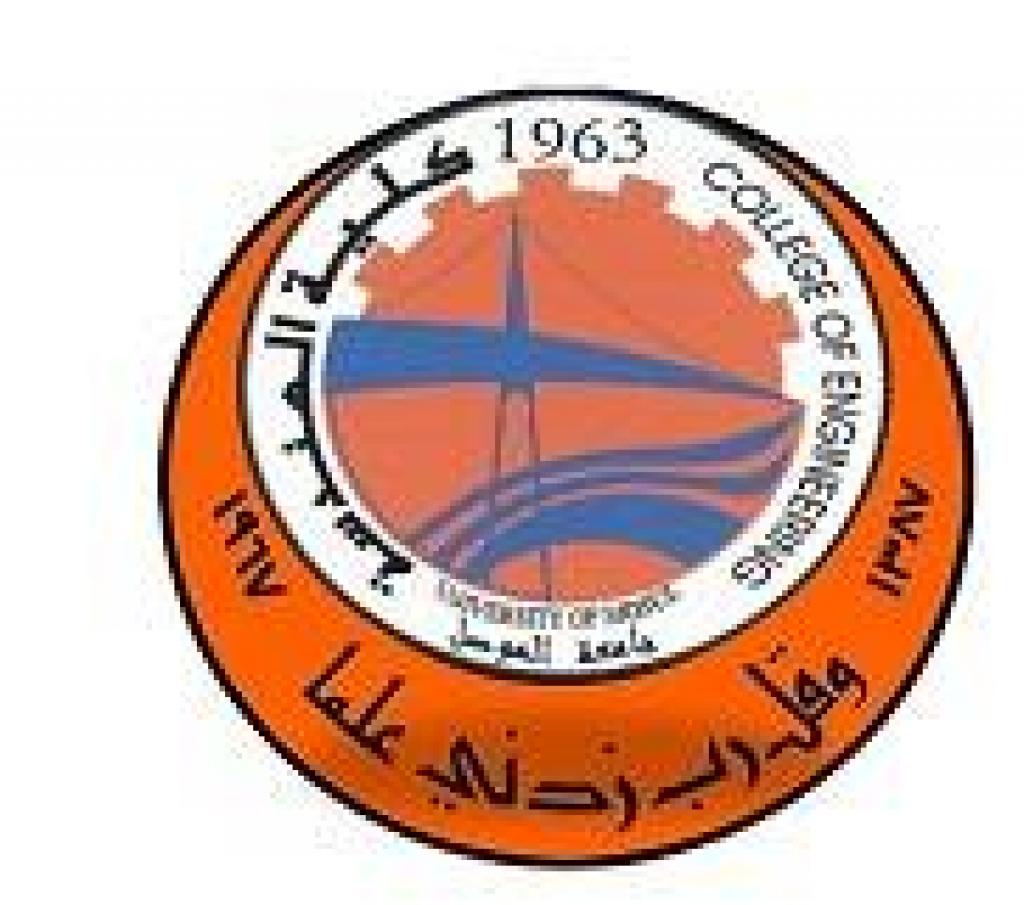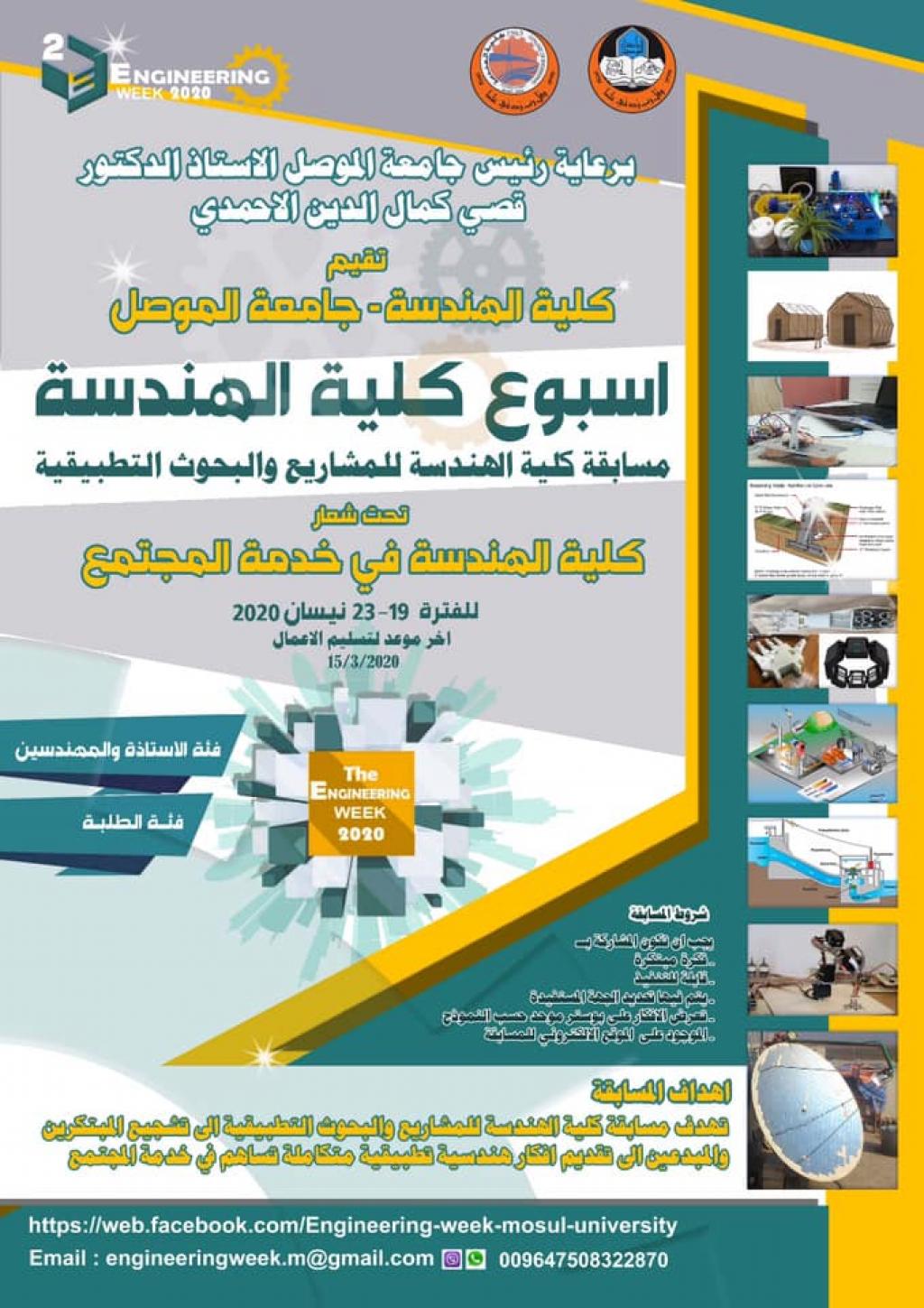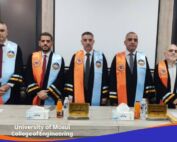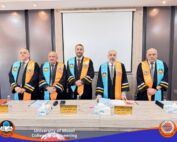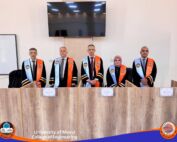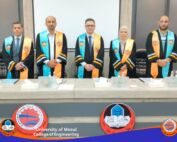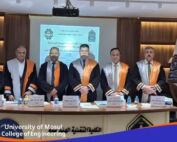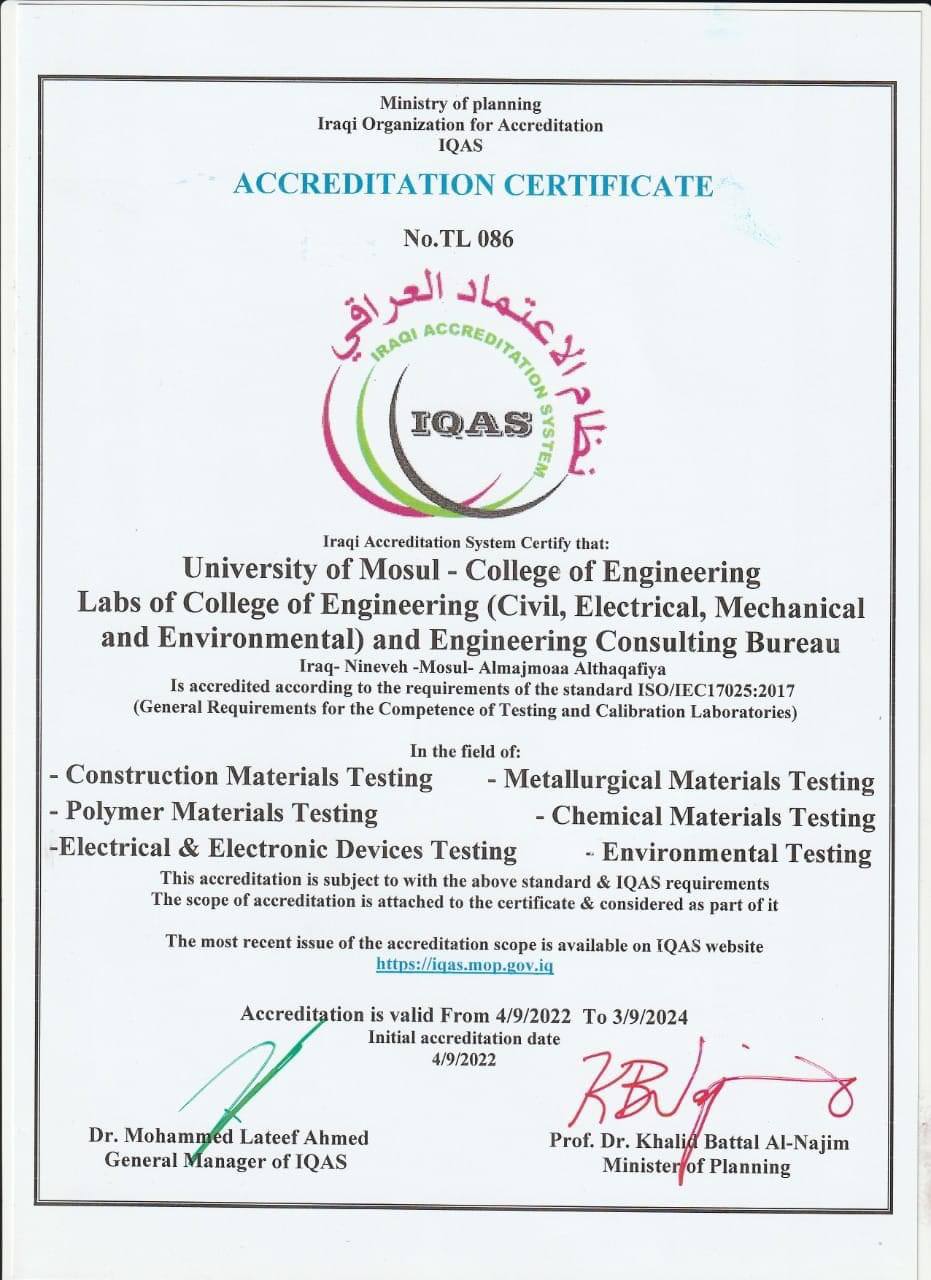13 March، 2024
Master thesis on “Analysis and Simulation of Integrated on-board chargers of EV with multi-phase propulsion system”
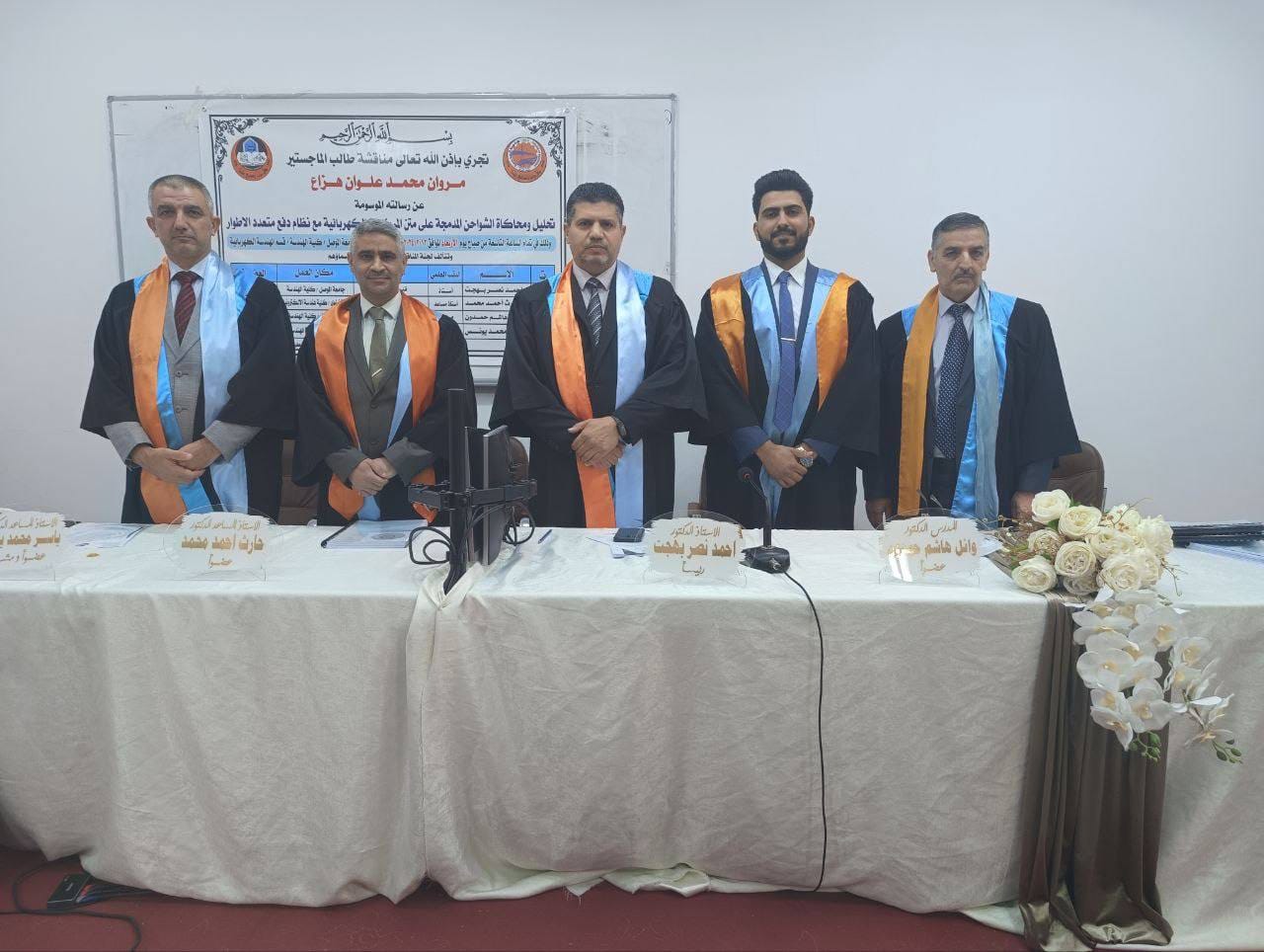
A Master thesis was discussed in Department of Electrical Engineering / College of Engineering at University of Mosul entitled “Analysis and Simulation of Integrated on-board chargers of EV with multi-phase propulsion system” submitted by (Marwan Mohammed Alwan), Supervised By Assist. Prof. Dr. Yasir Mohammed Yonis On Wednesday, March 13, 2024.
The thesis presented by, Modeling and simulation of an integrated charging system (IOBC) consisting of a five-phase electric motor, power converters, drive circuits, and control using program Matlab/Simulnk in operational modes such as drive and charging.
The thesis discusses “Analysis and simulation of an EV propulsion system with a controlled speed using Field-Oriented Control (FOC) technique. Two different control methods, proportional-integral (PI) controllers and backstepping controllers The second part of the research focused on designing an IOBC for EVs. The power converter was used in combination with the five-phase stator windings of the drive motor as an AC-DC power converter and filter to charge an EV battery (360V, 17.3 kWh battery) via a DC-DC converter while maintaining the rotor at standstill. However, the IOBC operation was analyzed, modeled, and simulated using MATLAB/Simulink software. The battery charging system consisted of two stages. In the first stage, the three-phase AC voltage was converted to a constant DC voltage, controlled either by PI controller or by a backstopping controller with current regulation across the motor windings in the d,q plane based on the voltage-oriented control (VOC) method.”
The results showed “In the propulsion stage, superiority backstopping controllers in the FOC mode outperformed the PI controllers in accurately tracking the flux references without suffering magnetic saturation in the machine. In the stage of charging the backstepping controllers exhibited better dynamic performance in terms of tracking speed and reducing steady state error. Moreover, they significantly reduced the total harmonic distortion (THD) by 5% compared to the use of PI controllers”.
